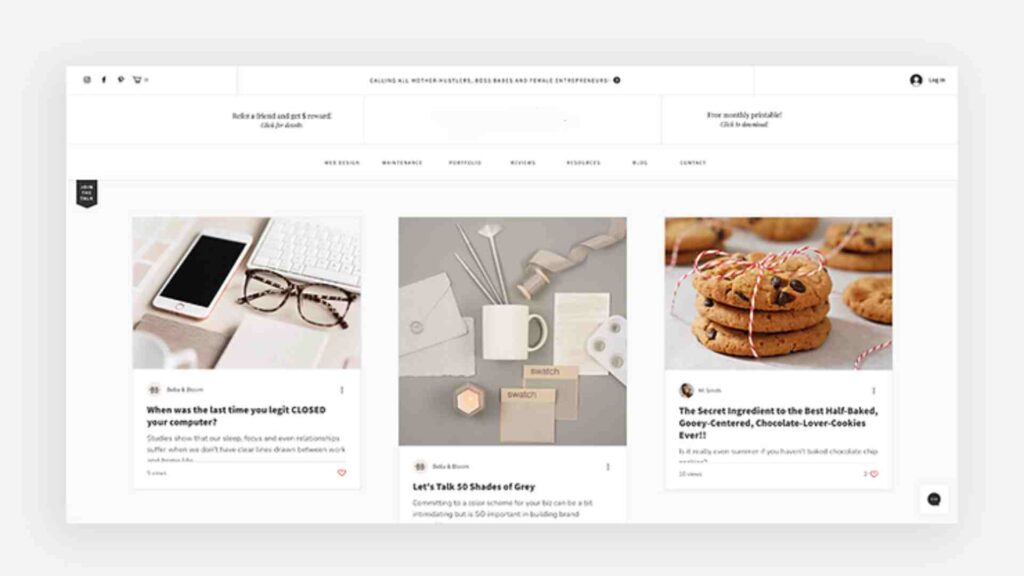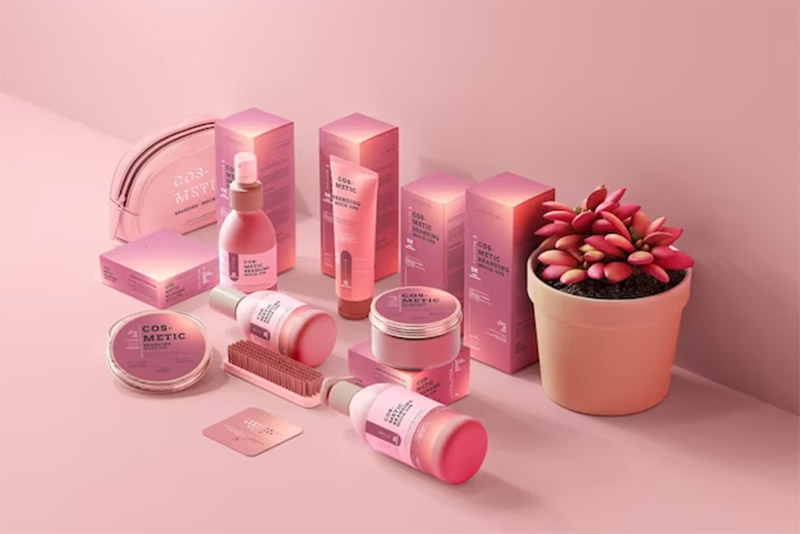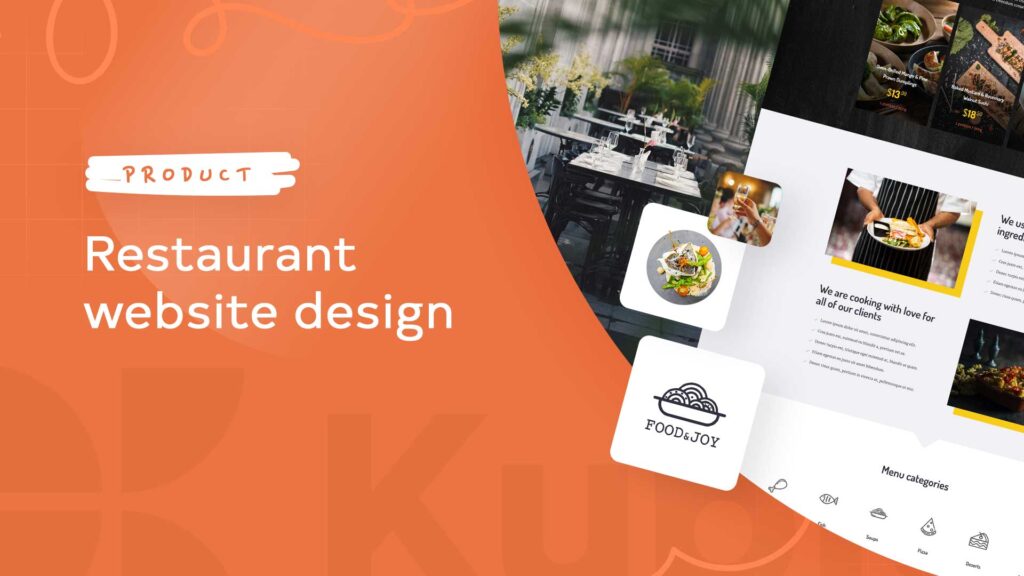Starting a personal blog can be one of the most rewarding experiences. It offers a space to share your thoughts, passions, and experiences with the world while also serving as a creative outlet. If you’re wondering how to start a personal blog that you’ll love, you’re in the right place! In this guide, we’ll walk you through the process step-by-step, providing you with tips, examples, and inspiration to get your blog off the ground and running.
Why Start a Personal Blog?
Before diving into the nitty-gritty of starting a personal blog, let’s discuss why you might want to embark on this journey:
- Self-expression: A personal blog allows you to express your thoughts and ideas freely.
- Creativity: It offers a platform to showcase your creativity, from writing to photography and beyond.
- Community: Blogging can help you connect with like-minded individuals and build a supportive community.
- Learning: You’ll learn about blogging tools, SEO, and digital marketing, enhancing your skills.
Steps to Starting a Personal Blog
1. Define Your Purpose and Audience
Purpose: Why do you want to start a personal blog? Your purpose could range from sharing your life experiences to discussing hobbies or offering advice.
Audience: Consider who you want to reach. Are you targeting fellow enthusiasts of a hobby, or are you aiming to build a broader audience?
2. Choose Your Blogging Platform
Choosing the right platform is key to ensuring your blog’s success. Here are some popular options:
- WordPress.org: Ideal for those looking for full control and customization.
- WordPress.com: Suitable for beginners who prefer a managed solution.
- Blogger: A straightforward, user-friendly platform.
- Medium: Great for writers who want a built-in audience.
3. Pick a Domain Name and Hosting
Your domain name is your blog’s address on the web. Choose a name that reflects your blog’s content and is easy to remember. For hosting, consider:
- Bluehost: A popular choice for WordPress users.
- SiteGround: Known for excellent customer support.
- HostGator: Offers a range of hosting plans for different needs.
4. Design Your Blog
Theme: Choose a theme that aligns with your blog’s purpose. Most platforms offer free and paid themes.
Customization: Personalize your blog with widgets, colors, and fonts to match your style.
Navigation: Ensure your blog is easy to navigate with clear menus and a search function.
5. Create Quality Content
Content is king in the blogging world. Focus on:
- Relevance: Write about topics that interest you and your audience.
- Engagement: Use engaging headlines, subheadings, and images.
- Consistency: Post regularly to keep your audience engaged.
6. Optimize for SEO
To increase your blog’s visibility, implement SEO best practices:
- Keywords: Incorporate relevant keywords naturally into your posts.
- Meta Descriptions: Write compelling meta descriptions for each post.
- Alt Text: Use descriptive alt text for images.
7. Promote Your Blog
Share your posts on social media, engage with readers through comments, and consider guest posting on other blogs to drive traffic.
Examples of Personal Blogs
Here are a few examples of personal blogs that exemplify different styles and niches:
- The Pioneer Woman: A blog focused on cooking, family, and country life.
- Cupcakes and Cashmere: A chic lifestyle blog that delves into fashion, beauty, and home décor, offering stylish tips and inspiration.
- Zen Habits: A minimalist blog focusing on personal development and simplicity.
FAQs
Q: How do I come up with ideas for my personal blog?
A: Start by brainstorming topics you’re passionate about. Consider your hobbies, experiences, and what you enjoy reading. You can also look for inspiration from other blogs and current trends.
Q: Do I need technical skills to start a personal blog?
A: Not necessarily. Many blogging platforms are user-friendly and offer tutorials to help you get started. However, some basic knowledge of HTML and CSS can be beneficial.
Q: How consistently I should post on my blog?
A: Consistency is key. Aim to post at least once a week, but adjust based on your schedule and content quality. It’s better to post less frequently but with high-quality content than to post frequently but with less valuable material.
Q: Can I monetize my personal blog?
A: Yes, you can. There are various ways to monetize a personal blog, such as through affiliate marketing, sponsored posts, or selling your own products and services.
Q: How do I drive traffic to my personal blog?
A: Utilize SEO techniques, promote your blog on social media, engage with your audience, and consider guest blogging or collaborating with other bloggers to increase visibility.
Conclusion
Starting a personal blog is an exciting adventure that can offer numerous benefits, from self-expression to community building. By following these steps and utilizing the examples and tips provided, you can create a personal blog that you’ll love and that will resonate with your audience. Remember, the key to a successful blog is passion, consistency, and continuous learning. Happy blogging!







